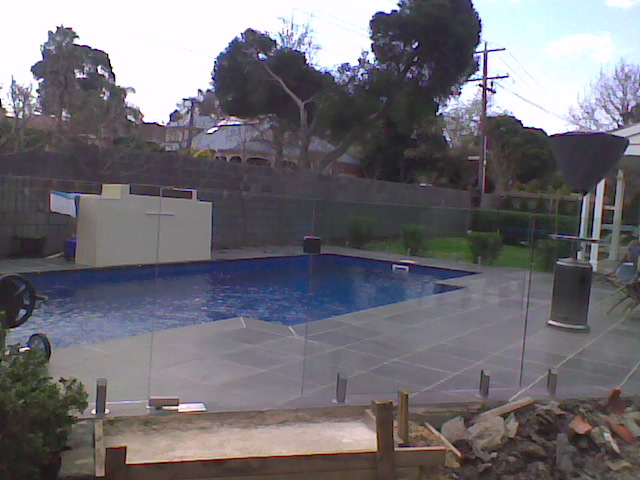Here are some thought on various aspects of the two options:
Cost
Generally concrete pools are significantly more expensive.
An exception is if access is poor and a large crane is needed to lift the pool over 2 storey buildings which can easily add $5,000 – $10,000 to the cost.
Shape
If you want, or need, a particular shape this can be achieved more easily with concrete.
Fibreglass pools usually come as rectangular pool with a very limited range of alternative shapes.
Flexibility of Location
Because a concrete pool is a very rigid structure it can be constructed closer to a boundary than a fibreglass pool. (the sides of the pool are in effect a retaining wall.
Speed of Construction
It is quite possible to have a fibreglass pool installed in a couple of weeks.
More, weather dependant, site work and concrete curing times can make concrete pools much slower to build.
Durability
It wouldn’t be unreasonable to expect 30-40 years use out of a concrete pool although some resurfacing may be required during that time.
Although the life of a fibreglass pool is likely to be much shorter will you still want to be using the pool in 20 years?
Water Temperature
People who have owned both concrete and fibreglass pools say that the water in concrete pools is generally cooler (requires more heating) This is due to the faster heat loss to the surrounding ground.
One advantage of the cooler water in a concrete pool is that it will make algae growth less likely if you are away for a couple of months!
Which type of pool do you prefer?
